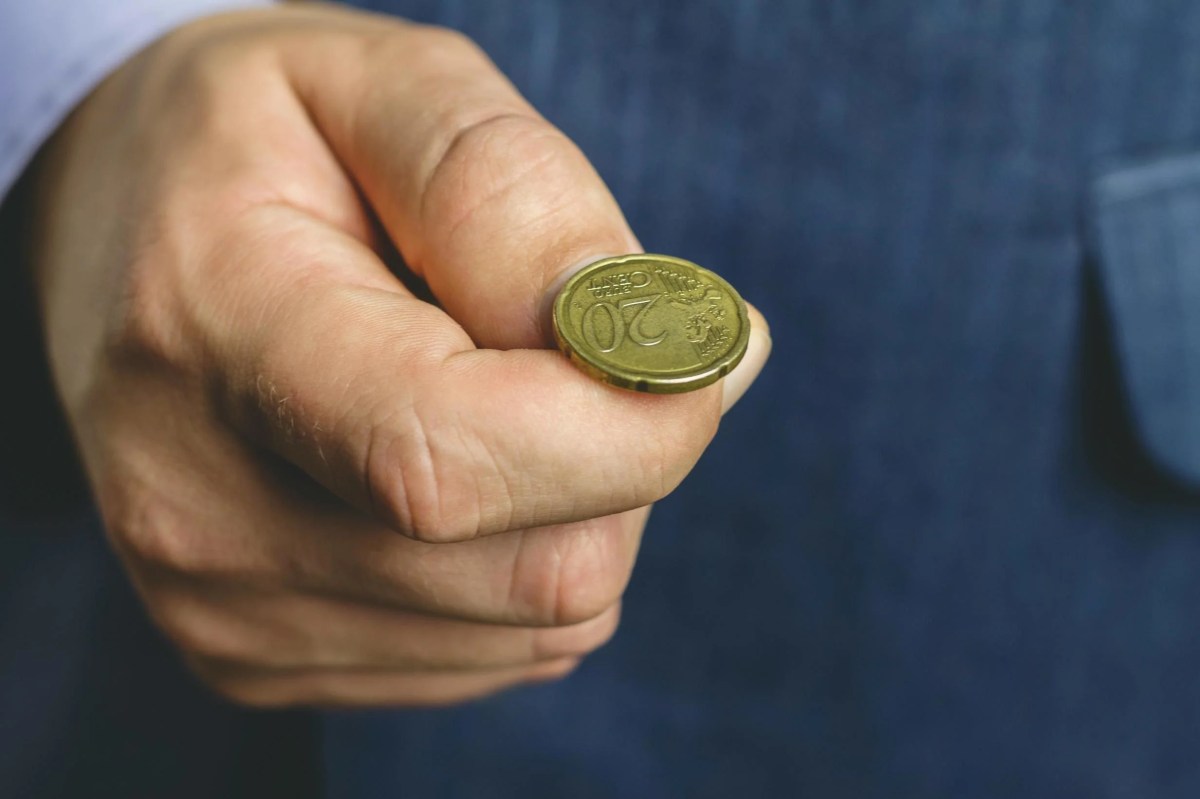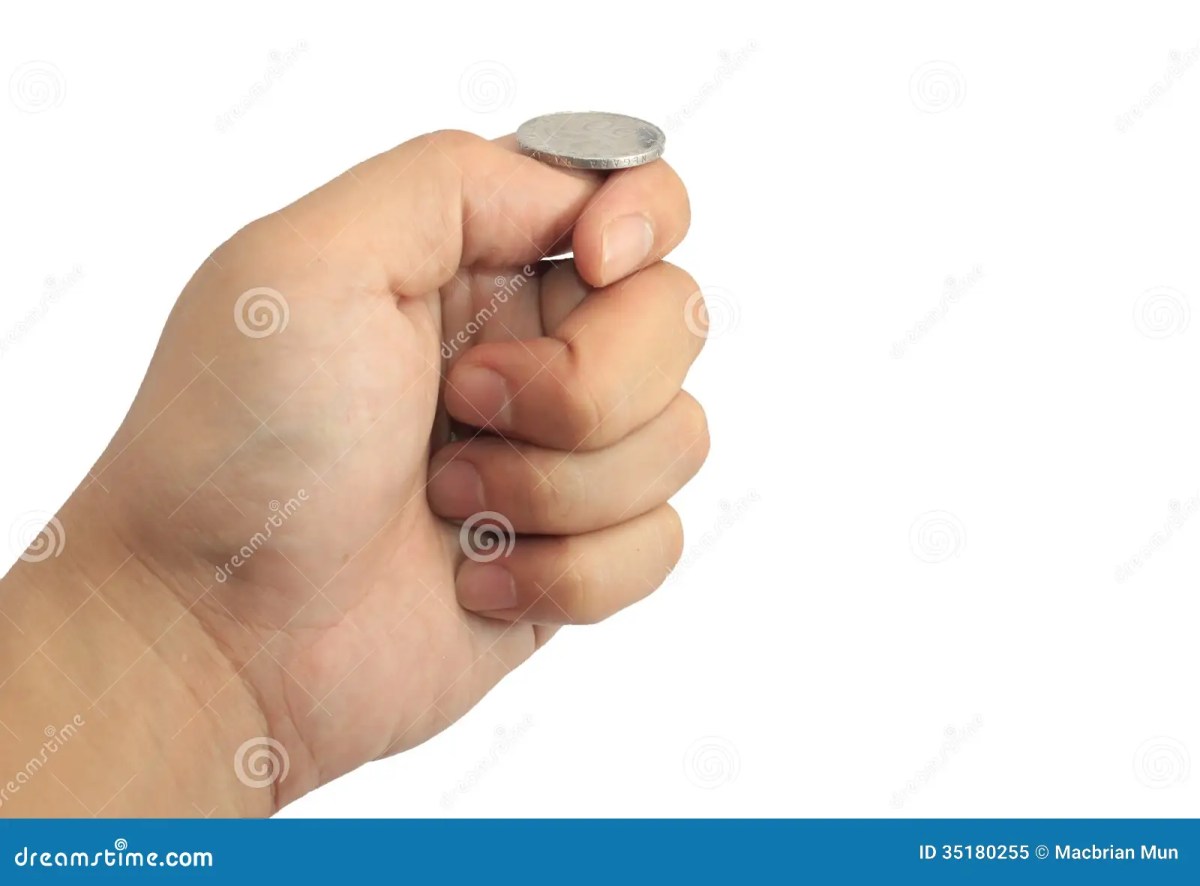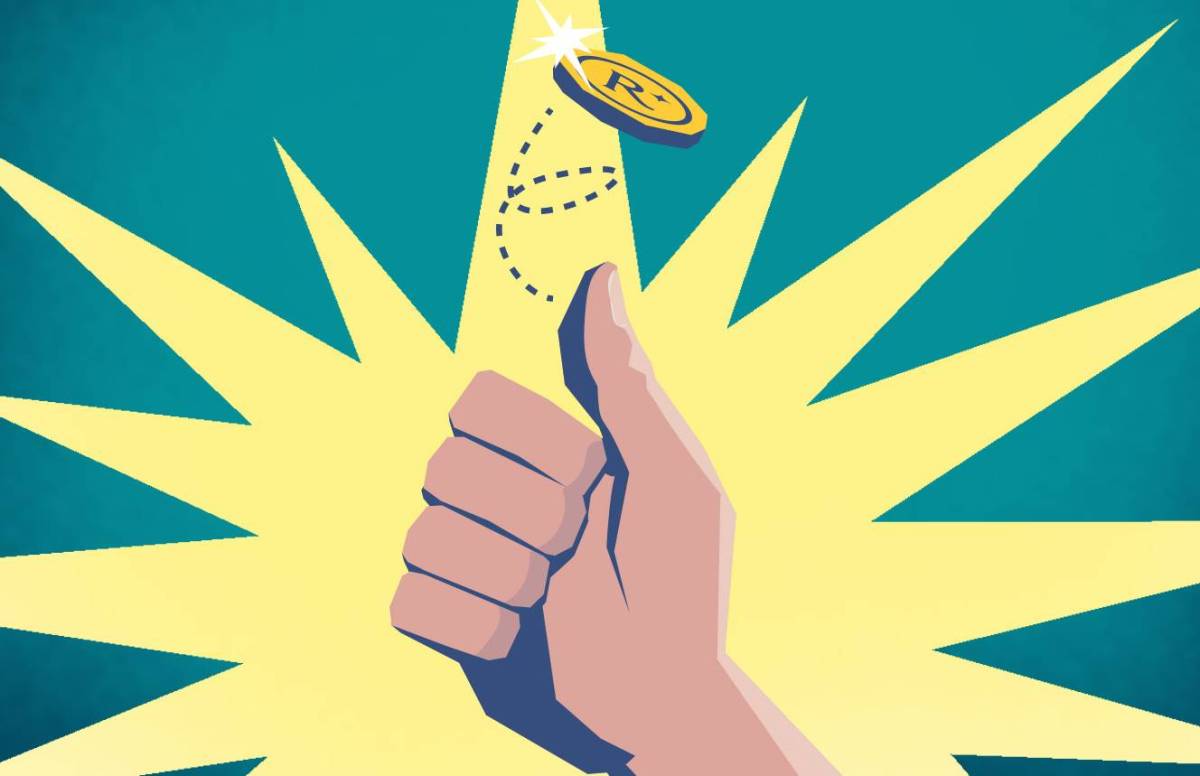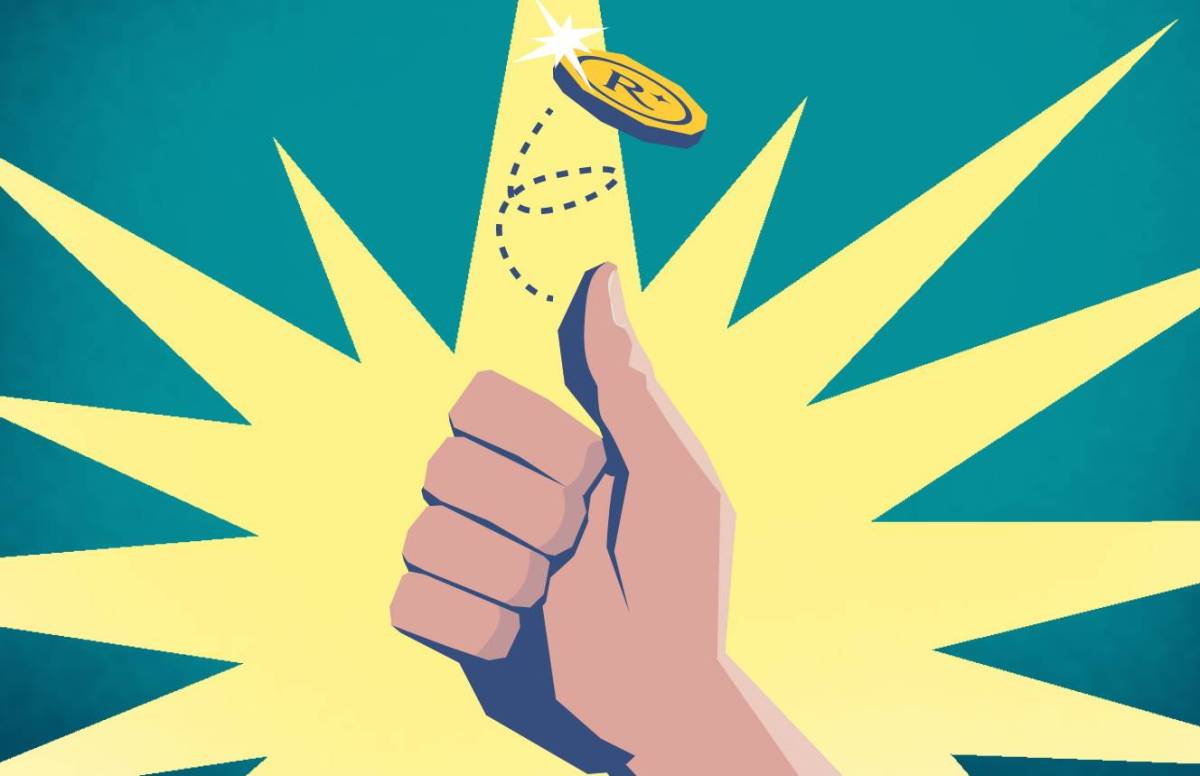Coin toss: A seemingly simple act, yet it hides a world of physics, probability, and cultural significance. From the subtle influence of air resistance on a spinning coin to its use in making crucial decisions throughout history, the coin toss offers a fascinating glimpse into the interplay of chance and determinism. We’ll explore the science behind this everyday event, examining its mathematical underpinnings and cultural impact.
This exploration will cover everything from the basic physics governing a coin’s flight – factors like release height, angle, and spin – to the deeper statistical concepts of probability and randomness. We’ll delve into the cultural uses of coin tosses, from games and rituals to their portrayal in literature and film. We’ll even touch on the less savory side, exploring methods of manipulation and the ethical implications involved.
The Physics of a Coin Toss

A coin toss, seemingly simple, reveals fascinating physics. The outcome isn’t purely random; it’s governed by predictable forces and initial conditions.
Ever wonder about the randomness of a coin toss? It’s all about chance, just like deciding which direction to fly your drone. If you’re looking for a great deal on a drone, check out the amazing offers at this year’s dji flip canada event. Maybe you’ll even use a coin toss to pick your next drone model – heads for the Mavic, tails for the Mini! Then get ready for some awesome aerial shots.
Factors Influencing Coin Toss Outcomes
Several factors determine whether a coin lands heads or tails. These include the release height, the angle of release, and the initial spin imparted to the coin. Higher release points generally lead to more rotations before landing, increasing randomness. A tilted release can favor one side. Spin, surprisingly, can be a significant factor, potentially counteracting the effects of other variables.
The Role of Air Resistance and Gravity
Gravity pulls the coin downwards, while air resistance opposes its motion. The interaction between these forces dictates the coin’s trajectory and rotation rate. Air resistance, though often negligible for short tosses, becomes more pronounced with higher release points or stronger spins, potentially affecting the final orientation.
Simplified Mathematical Model of Coin Toss Trajectory
While a complete model is complex, a simplified representation can be achieved using Newtonian mechanics. We can consider the coin as a rigid body subject to gravity and air resistance (approximated as a drag force proportional to velocity). The equations of motion would involve solving differential equations to determine the coin’s position and orientation as a function of time.
This model, while simplified, highlights the interplay between initial conditions and the final outcome.
Hypothetical Experiment Design
To investigate the influence of release parameters, a controlled experiment could be designed. A coin-tossing machine could be built to release coins with consistent force, but varying height, angle, and spin. The outcomes (heads or tails) would be recorded for a large number of trials for each parameter set. Statistical analysis could then reveal the significance of each parameter on the probability of heads versus tails.
So you’re flipping a coin, heads or tails, right? It’s a simple 50/50 chance, but think about the physical act – you’re holding the coin, and it’s often held by a strap, maybe a wrist strap or a lanyard. Understanding the strap meaning in different contexts can be surprisingly relevant, even when considering something as seemingly random as a coin toss.
The strap’s secure hold, much like the anticipation before the coin lands, adds a small but tangible element to the whole experience. Ultimately, the coin’s fate remains uncertain.
Probability and Statistics in Coin Tosses
The seemingly simple act of flipping a coin offers a rich field for exploring probability and statistics.
Theoretical Probability of Heads vs. Tails
In a fair coin toss, the theoretical probability of getting heads is 0.5 (or 50%), and the same applies to tails. This assumes the coin is unbiased and the toss is truly random, with no external influences.
Randomness and Coin Tosses
The concept of randomness is central to coin tosses. Each toss is considered an independent event; the outcome of one toss doesn’t influence the outcome of subsequent tosses. This independence is a key assumption in many statistical analyses.
The Law of Large Numbers
The law of large numbers states that as the number of coin tosses increases, the observed proportion of heads (or tails) will converge towards the theoretical probability of 0.5. This means that while short sequences might show significant deviations, the long-term average will approach 50/50.
Calculating Probabilities of Specific Sequences
The probability of a specific sequence of heads and tails (e.g., HTHT) in multiple tosses is calculated by multiplying the probabilities of each individual toss. For example, the probability of getting HTHT in four tosses is 0.5
– 0.5
– 0.5
– 0.5 = 0.0625.
Coin Tosses in Games and Culture
Coin tosses have a long history of use in games, decision-making, and cultural rituals.
Ever wonder about the randomness of a coin toss? It’s all about 50/50 odds, right? Well, think about how that compares to the unpredictable choices you might make in a game like the dress coat video game , where strategy and chance intertwine. Ultimately, both a coin toss and a video game decision hinge on a degree of luck and calculated risk, making the outcome a fascinating blend of probability and player agency.
So, next time you flip a coin, consider the parallels to in-game decision-making.
Games and Activities Using Coin Tosses
Coin tosses are widely used in various games and activities as a fair method for determining outcomes or making decisions. Their simplicity and perceived fairness make them ideal for this purpose.
Cultural Significance of Coin Tosses
| Game Name | Description | Region of Origin | Significance |
|---|---|---|---|
| Heads or Tails | A simple game of chance | Worldwide | Simple decision-making |
| Cricket | Used to determine batting/bowling order | England | Fair start to the match |
| Football (Soccer) | Used to determine which team kicks off | Worldwide | Fair start to the match |
| Many Board Games | Used to determine player turns or other actions | Worldwide | Game progression |
Symbolic Representation in Media
Coin tosses often symbolize fate, chance, or important decisions in literature, film, and other media. They can represent the unpredictable nature of life or a pivotal moment where a character’s destiny is determined by chance.
Cheating and Manipulation in Coin Tosses
Despite the apparent simplicity, coin tosses can be manipulated, raising ethical concerns.
Methods of Manipulation

Several methods can be employed to influence the outcome. These include using a biased coin (weighted to favor one side), using a specific tossing technique to control the spin and trajectory, or secretly influencing the coin’s landing by subtle hand movements.
Ethical Implications

Attempting to manipulate a coin toss is unethical, particularly when the outcome affects others. It undermines fairness and trust, especially in competitive situations or decisions with significant consequences.
Historical Instances of Rigged Coin Tosses
While definitive proof is rare, there have been historical instances where coin tosses were suspected of being rigged. These often involve high-stakes situations where the outcome held significant financial or political implications.
Illustration of Secret Influence, Coin toss
Imagine a person subtly cupping their hand over the coin as it falls, applying a slight pressure to guide it towards a preferred side. Their fingers subtly guide the coin’s rotation and trajectory, ensuring it lands as desired, hidden from view by the natural movement of their hand. The action is quick, almost imperceptible, a deft maneuver executed with practiced ease.
Advanced Topics in Coin Toss Analysis

Beyond the basics, coin tosses offer opportunities for advanced statistical analysis and applications.
Detecting Bias in Coins
A biased coin doesn’t have equal probabilities for heads and tails. Bias can be detected by performing a large number of tosses and analyzing the proportion of heads and tails using statistical tests such as hypothesis testing (e.g., chi-squared test) to determine if the observed proportions differ significantly from the expected 50/50 split.
Coin Tosses in Cryptography and Random Number Generation
While not ideal for high-security applications, coin tosses can be used as a simple method for generating random numbers, a basic element in cryptography. However, truly random numbers are crucial in cryptography and require more sophisticated techniques than coin tosses.
Simulating Probabilistic Events
Coin tosses can be used to simulate various probabilistic events. For example, a coin toss can represent the success or failure of an event with a 50% probability. By combining multiple tosses, more complex probabilistic scenarios can be modeled.
Step-by-Step Procedure for Detecting Biased Coins
- Toss the coin a large number of times (e.g., 100 or more).
- Record the number of heads and tails.
- Calculate the proportion of heads and tails.
- Perform a statistical test (e.g., chi-squared test) to compare the observed proportions to the expected proportions (0.5 for heads and 0.5 for tails).
- If the test shows a statistically significant difference, the coin is likely biased.
Ending Remarks
So, next time you flip a coin, remember it’s more than just a simple game of chance. It’s a miniature experiment in physics, a lesson in probability, and a reflection of human culture and ingenuity. From the seemingly random flip to the predictable laws of physics at play, the coin toss reveals a surprising depth and complexity. Understanding the science and culture behind this seemingly simple act enriches our understanding of the world around us.
Common Queries
Can a coin toss really be truly random?
While seemingly random, a coin toss is governed by physics. However, the chaotic nature of the system makes predicting the outcome practically impossible without precise knowledge of initial conditions. For practical purposes, it’s considered random.
What’s the probability of getting heads five times in a row?
Assuming a fair coin, the probability of getting heads on any single toss is 1/2. For five consecutive heads, it’s (1/2)^5 = 1/32.
How can I test if my coin is biased?
Flip the coin a large number of times (e.g., 100 or more). Count the number of heads and tails. A significant deviation from a 50/50 split suggests bias.
